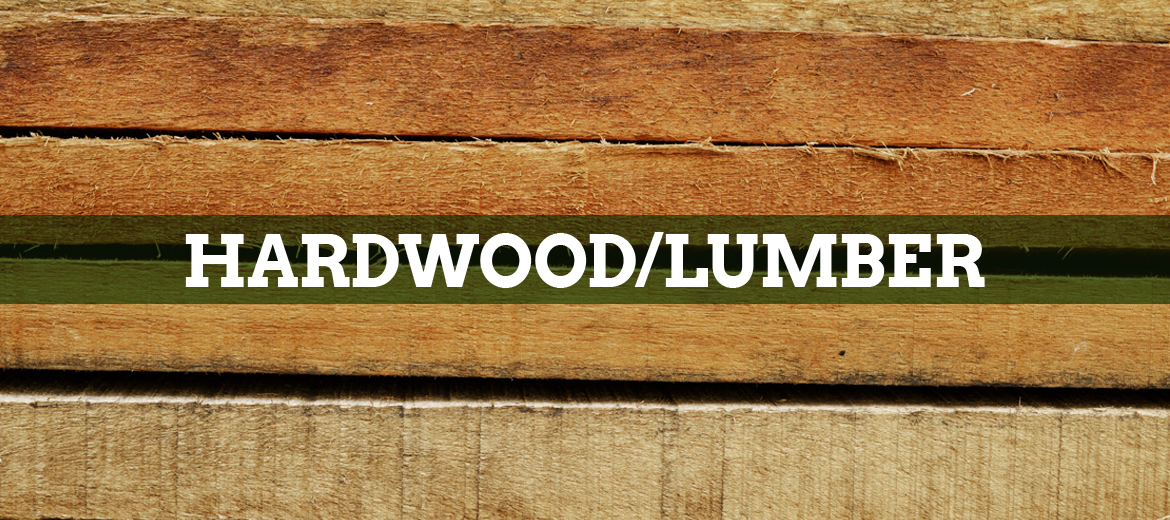
Botanical Name
Celtis occidentalis
Other Common Names
Bagolaro Occidentale,Bar-alm, Bastard Elm, Beaverwood, False Elm, Hacktree, Hoop Ash, Huck, Nettletree, Oneberry, Sugarberry.
Region
The United States
The Tree
Hackberry trees can reach heights of 130 feet and 4 foot diameter.
Appearance
The sapwood of hackberry is pale yellow to grayish or greenish yellow, while the heartwood is a yellowish gray brown to light brown.
Properties
The wood is straight grained, moderately hard, strong in bending, but weak in compression. It also has high shock resistance, but lacks stiffness, with excellent gluing properties.
Working Properties
Hackberry wood planes and turns well. It is intermediate in ability to hold nails and screws. It resists splitting from screws better than from nails.
Uses
Furniture, millwork, sporting and athletic goods, veneer and plywood.
Availability
Hackberry is reported to be available in large quantities in the form of lumber and quartered, sliced, or rotary cut veneers. The wood is reported to resemble Ash and Elm, and is often sold with lower grade material from the two species. Hackberry is too weak and relatively scarce in commercial volumes to be used for building construction. Price is reported to be usually within the medium to expensive range.